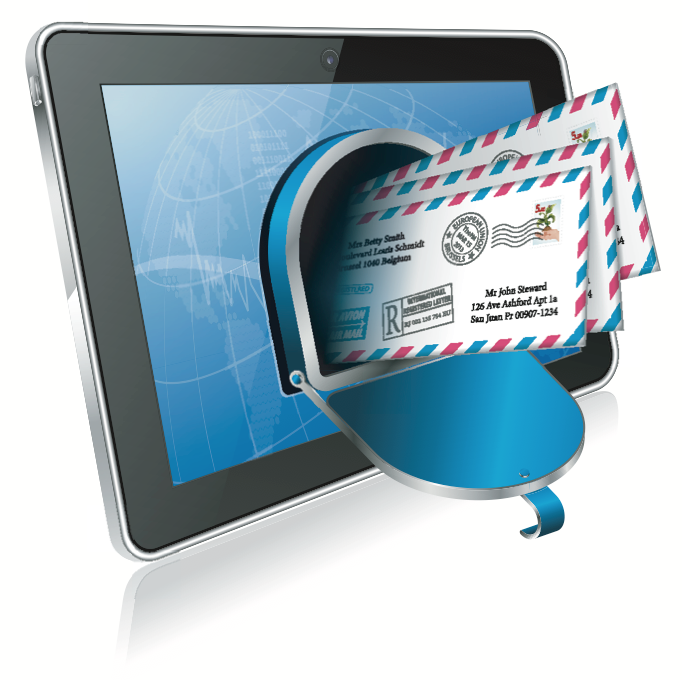Segmenting your email list is a lot like eating broccoli. It's not fun, but it's important because it's good for you and your business. After all, blanketing all e-mail recipients with a single message may be quick and easy, but it won't be successful. You, more than anyone, know that your customers, prospects and leads are a diverse bunch. They're interested in different products. They're at different points in the sales purchasing funnel.
To get the most bang for your email marketing buck you need to customize your approach, targeting certain demographics with unique content that speaks to their needs.
Which bring us back to the unglamorous work of segmenting your e-mail list. While we'd like to say we'll make this process a bit more glamorous, that's likely a promise we won't be able to keep.
Manual vs. Automated?
As recently as a few years ago, email marketing list segmentation was a manually-intensive process. Marketing staff created robust spreadsheets with a host of prospect information: name, email, phone number, stage in the sales funnel (e.g. Lead, Sales Qualified lead) and free text fields like interests and objections to conversion. Such an approach can still make sense for smaller firms or marketers drawing from a relatively small prospect pool. That said, there are many useful tools on the market that can help automate this process.
Regardless of which approach you use, email marketing list segmentation can be boiled down to three steps:
1. Create Blasts Aligned to Prospect Position in the Sales Funnel
Determine what piece(s) of content you'll be delivering to the prospect. Here you'll want to pull up with your sales team to brainstorm specific topics and deliverables aligned to the prospect's position in the sales funnel. Examples include:
- Top of the funnel: Monthly newsletter with link to company About page.
- Middle of funnel: One-time blast regarding new product.
- Bottom of funnel: Monthly free consultation offer or live product demo.
2. Match Prospects with Predesigned Blasts
Next up is where you actually segment your contacts based on the specific deliverable. Here an automated system can help link the prospect account based on their position in the sales funnel to a specific content blast. Again, even if you're using Excel, you can relatively quickly create a column that captures this information. If Prospect A is considered a Sales Qualified Lead (at the bottom of the funnel), they'll get Deliverable B (e.g. monthly free consultation offer.)
3. Make The Most of Your Email Lists, Test and Repeat
Now that you’ve segmented your email lists, the world is your oyster. Once again, the most obvious benefit here is emailing leads based on their position in the sales funnel. But you can do even more! You can send messages to leads that are specific to a certain geography or push content to a specific buyer persona. The possibilities aren't exactly endless, but they are many, and the trick here is to realize that measurement and calibration is key: subsequent blasts need to be more effective than previous versions.






